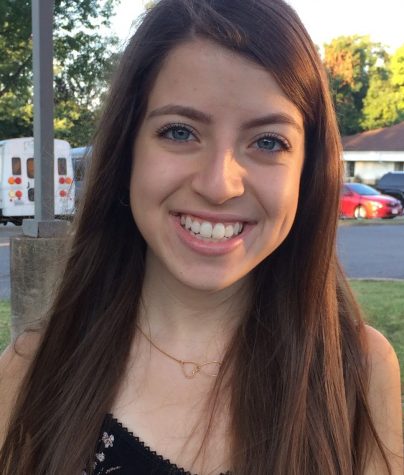Teenagers no longer smoke and drink like they used to
Cigarette and alcohol use among teens fall to new lows
How weird would it be for us to ask our teacher for a cigarette? Or walk into a bathroom to catch a group of teens smoking? In the past, these incidents were pretty common, but nowadays fewer teenagers are smoking and drinking. In 2015, the smoking and drinking rates of U.S. teenagers dropped lower than they ever have before- a good sign that the appeal of smoking and drinking is diminishing.
According to a survey by the Substance Abuse and Mental Health Services Administration, the percentage of teens ages 12 to 17 who reported using alcohol fell from 17.6 percent in 2002 to 9.6 percent in 2015. The amount of adolescents who smoke also went down from 32 percent in 2002 to about 20 percent in 2015.
In the past, there used to be a smoking lounge for teachers which could have heavily influenced students to smoke as well. However, now we no longer have this courtyard open to smoking as the Annandale community discourages any drug use.
“My very first year in 1993, there was a teachers’ smoking lounge,” English teacher Bill Maglisceau said. “Teachers would be able to go in and have cigarettes between classes and before school and after school, but there were never any students allowed smoking.”
Young Americans are no longer being influenced by their parents’ habits, whose generation had much higher rates of smoking and drinking. This proves that the public health efforts found in school lessons and the media to lessen smoking and drinking among teens is working.
“I feel like they’re more focused on education and they’re more mature now,” Atique said. “Maybe their parents at home get drunk on the daily and they don’t want to become like them.”
Different campaigns whose goals are to decrease the smoking rates have encouraged movies to have fewer scenes that include smoking. Research shows that the more times a young person sees smoking in movies, the more likely they are to get into the habit. Over the years, adolescents have been seeing less smoking in PG-13 movies.
One campaign from Legacy fights to cease smoking by teenagers. Commercials about this rebellion against the tobacco industry are found on television channels such as Nickelodeon, where young adults are easy to reach.
The big statement repeated in these commercials is: “We have the power. We have the creativity. We will be the generation that ends smoking. Finish it.”
This powerful message, along with facts about tobacco, such as its harm to pets and the diseases it causes is broadcasted to teens every day and pushes them to take action to make their generation the one to finish smoking. In the past, smoking was more prevalent at school than it is now.
“I’ve caught some students [smoking] in the bathrooms before,” Maglisceau said. “Not so much anymore because it’s just such a taboo thing now.”
The American Journal of Preventive Medicine discovered that from 2000 to 2004, Legacy was directly responsible for preventing 450,000 teenagers from starting to smoke. Some practices that have significantly caused smoking cessation include making cigarettes more expensive and creating smoke-free areas.
Smoking banned places such as at work and restaurants gives out the message that smoking is no longer in. The environment makes smoking a negative activity and in effect quitting it becomes easier for people.
Despite the decline in the use of alcohol and cigarettes, prescription drug use and abuse are still high. About 19 million people who are 12 years and older misused prescription drugs in the past year, including pain relievers.
The survey shows that there is of substance abuse treatment in the U.S. Out of the 22 million people who needed this treatment in 2015, only about two million received it. Although President Obama requested $1.1 billion in new funding to provide access to treatment, Congress did not provide it.
Hopefully we can see a drop in the amount of drug use just as we have witnessed a drop in smoking and alcohol drinking. With continued attempts in encouraging teenagers to quit the use of drugs, cigarettes and alcohol, there will be positive results to follow.

Senior Judy Nanaw is the Health Editor for the A-Blast and this is her second year on staff. Before this year, her position was a staff writer. She is...





